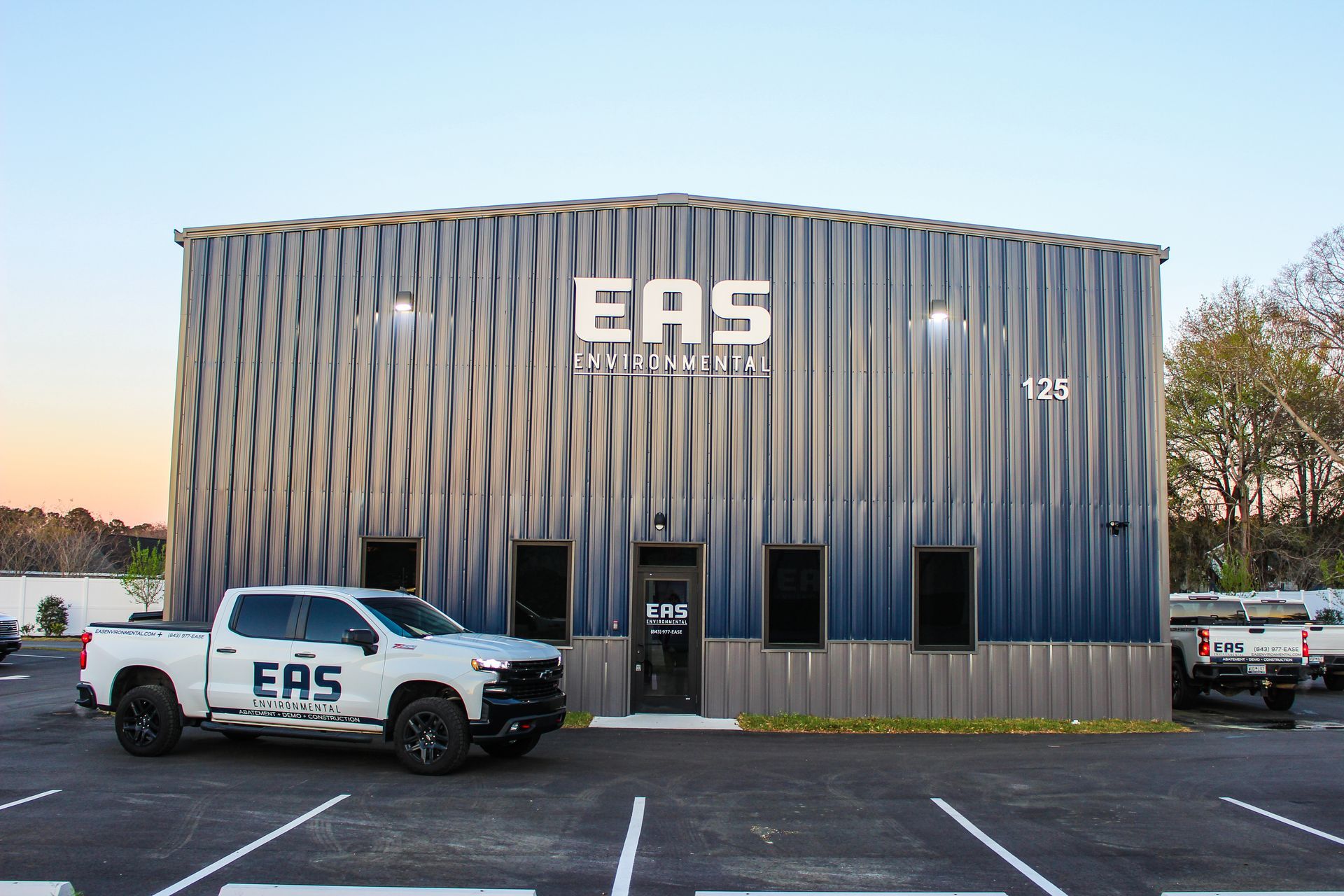
Are you considering crawl space encapsulation for your home but want to make an informed decision? Look no further. In this blog post, we'll explore the pros and cons of crawl space encapsulation, helping you weigh the benefits and drawbacks before embarking on this home improvement project. By understanding the advantages and potential challenges, you can determine if crawl space encapsulation is the right choice for your specific needs and ensure a healthier and more efficient living environment.
Advantages of Crawl Space Encapsulation
Crawl space encapsulation offers several significant advantages that can greatly benefit your home and overall living environment. First and foremost, it helps to control moisture levels. By sealing off the crawl space and installing a vapor barrier, you can prevent excess moisture from entering, reducing the risk of mold growth, wood rot, and structural damage. This not only safeguards the integrity of your home but also contributes to improved indoor air quality, as mold spores and other airborne contaminants are kept at bay.
Another advantage of crawl space encapsulation is improved energy efficiency. By insulating the crawl space walls and sealing any air leaks, you create a thermal barrier that prevents heat loss in the winter and heat gain in the summer. This results in more consistent temperatures throughout your home, reducing the workload on your heating and cooling systems and potentially lowering energy bills. Additionally, the enhanced energy efficiency contributes to a more comfortable living environment, free from drafts and temperature fluctuations.
In summary, crawl space encapsulation offers advantages such as moisture control, improved indoor air quality, and enhanced energy efficiency. By addressing these key areas, you can create a healthier, more comfortable, and cost-effective home for you and your family.
Health and Safety Considerations
When it comes to crawl space encapsulation, health and safety considerations are paramount. While encapsulating your crawl space offers numerous benefits, it's important to be aware of certain factors to ensure the well-being of your home and its occupants.
One primary consideration is the presence of any existing issues, such as mold or pest infestations, within the crawl space. Before encapsulation, it is crucial to address and remediate these issues properly. This may involve professional mold remediation or pest control services to ensure that the encapsulation process starts with a clean and healthy foundation.
Another aspect to consider is proper ventilation. While encapsulation helps control moisture, it's important to maintain adequate airflow to prevent the buildup of stagnant air. Properly designed and installed ventilation systems, such as exhaust fans or vents, can help regulate airflow and prevent moisture-related problems. Additionally, it's important to ensure that any appliances or systems in the crawl space, such as HVAC units or water heaters, are properly sealed and vented to prevent the release of harmful gasses into the living areas.
By taking health and safety considerations into account during crawl space encapsulation, you can create a safer and healthier living environment. Addressing existing issues and maintaining proper ventilation are crucial steps in ensuring that the encapsulation process benefits both your home and the well-being of its occupants.
Alternative Solutions
While crawl space encapsulation is a popular and effective solution for addressing moisture issues, it's important to know that there are alternative options available depending on your specific needs and circumstances. Here are a few alternative solutions to consider:
Crawl Space Ventilation: Instead of encapsulating the crawl space, some homeowners opt for improved crawl space ventilation. This involves installing vents or fans to increase airflow and reduce moisture levels. While this approach can be effective in certain climates, it may not be as efficient in areas with high humidity or extreme temperature variations.
Crawl Space Waterproofing: If your main concern is water intrusion, crawl space waterproofing might be a viable option. This involves sealing the crawl space walls and floor with waterproofing coatings or materials to prevent moisture from entering. Waterproofing solutions can be effective in addressing specific water-related issues but may not provide the same comprehensive moisture control and insulation benefits as encapsulation.
It's essential to consult with professionals to assess your specific crawl space conditions and determine the most suitable alternative solution for your home. They can evaluate factors such as climate, existing issues, and budget to help you make an informed decision that addresses your specific needs while ensuring a healthier and more comfortable living environment.
FAQs
Contact EAS Environmental Today!
EAS Environmental will do everything we can to ensure your experience with us is excellent.
Request A FREE Estimate
Request a Free Estimate Form
Checkout Recent Post




Got a Question? We’re Here to Help.
You can arrange an appointment or make an enquiry by phone or email, orget in touch to us via our contact form.

